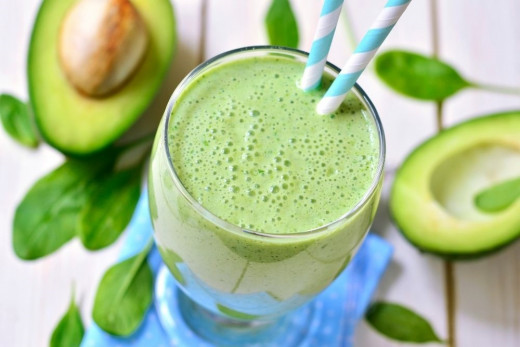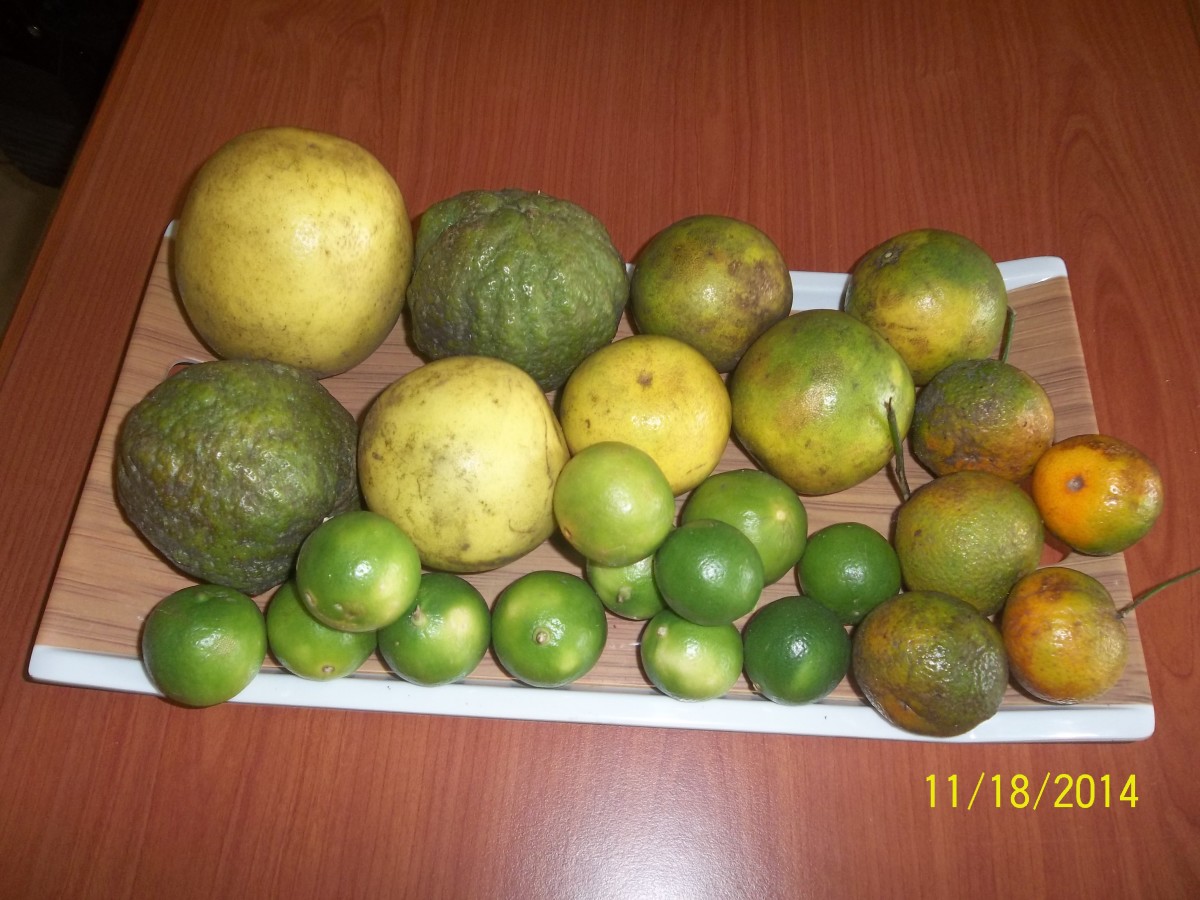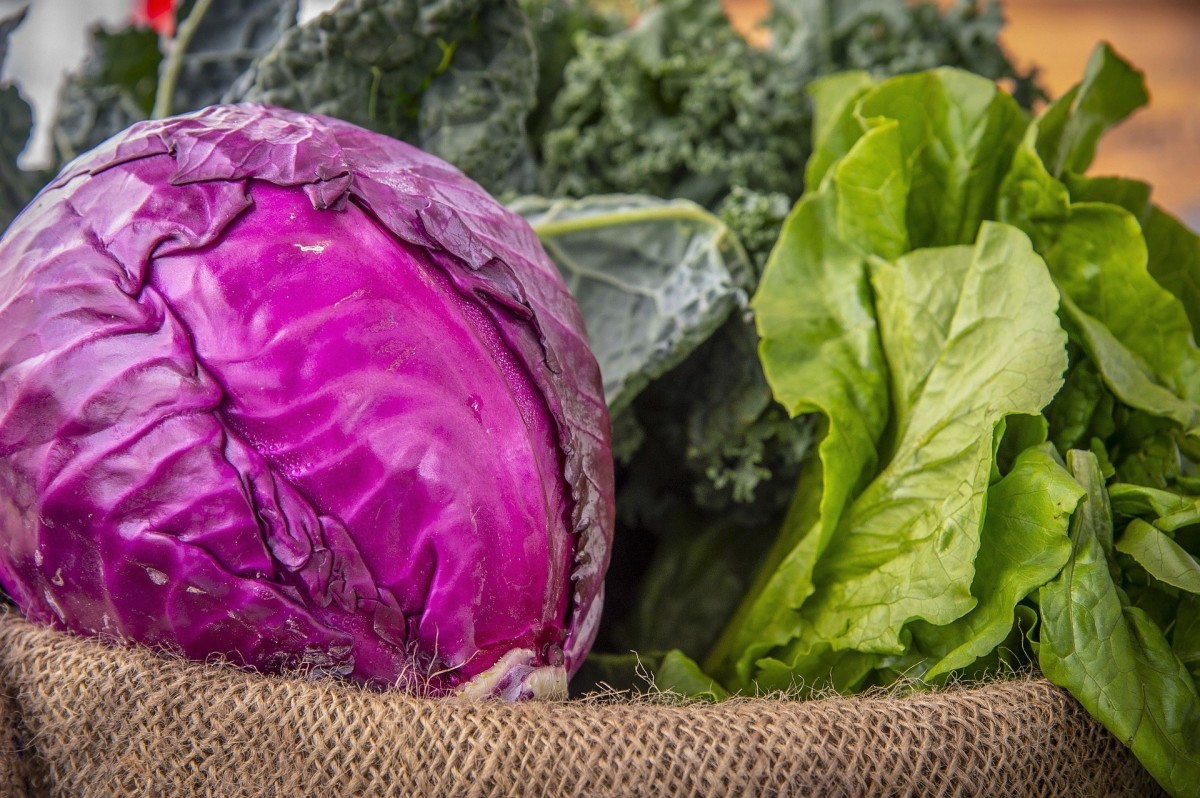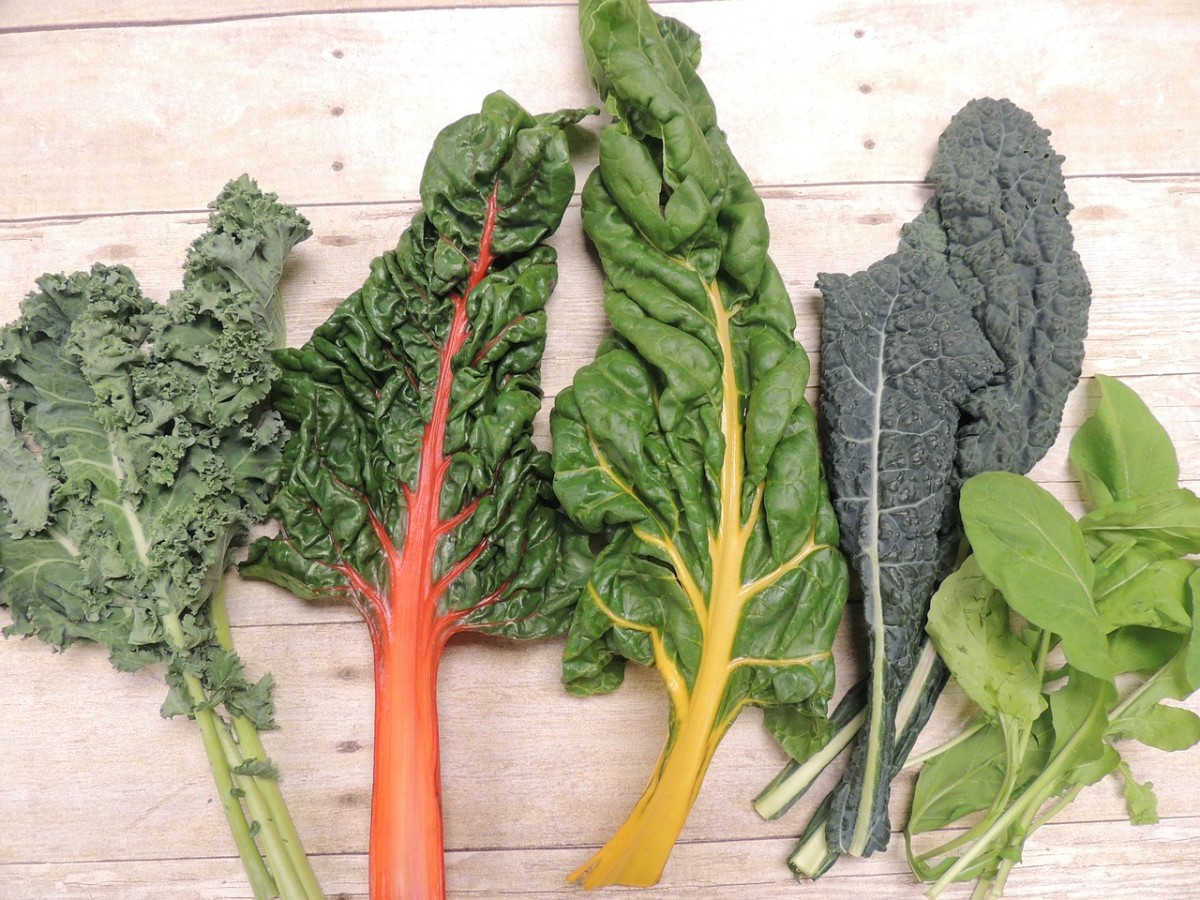Getting Juicy
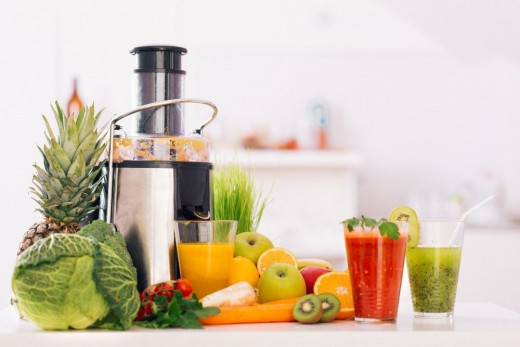
It is recommended that we eat between seven and ten servings of fresh fruits and vegetables a day, but how do you go about eating that amount each and every day?
The answer is by juicing! Juicing extracts the juice from fruits and vegetables while leaving the pulp behind.
Because juicing makes it easier to consume large amounts of fruits and vegetables you are able to also consume large amounts of vitamins and minerals.
Another benefit of juicing is that it allows your digestion and elimination systems to get much-needed rest and allows your body to cleanse efficiently while obtaining maximum nourishment.
A juice-only fast for several days can be a great way to experience healing and cleansing of your body. Because of our busy lifestyle, we don't always eat the most nutritious food but by adding juicing to our daily diet we can get all the benefits of fresh fruits and vegetables.
You can start your day with a refreshing drink of vegetables and fruit instead of a cup of coffee or food that has only empty calories.
If your breakfast drink has four vegetable servings and two fruit servings you only have to consume one more fruit or vegetable in order to make the minimum requirement for the day.
Making fresh juice is very simple with either a high-powered blender or a juicer.
When using a blender just add the vegetables and fruits to your blender with a cup or so of water, blend and strain through a mesh bag.
If you have a juicer it's even easier because all you have to do is feed the vegetables and fruit into the blend and voila, instant juice.
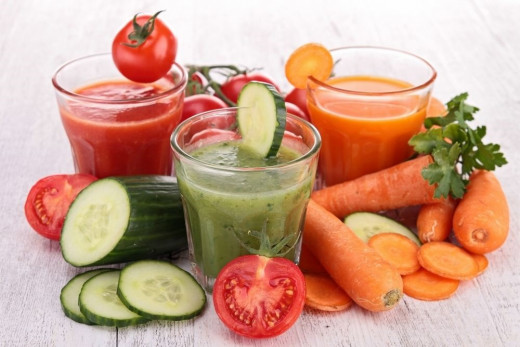
Here are a couple of my favorite juices:
All Veggie Juice
1/2 English cucumber
4 stalks of celery
3 small carrot
1 tomato
1/2 red bell pepper
Using a juicer, put the vegetables into the juicer one at a time.
Makes 2 cups
Veggie & Fruit Juice
4 stalks celery
1 tomato
1 English Cucumber
1/2 red bell pepper
3 small carrots
1 apple
2 handfuls of spinach
1 handful of parsley
3 radishes
1/2 lemon, piece of ginger
Using a juicer, put the vegetables into the juicer one at a time.
Makes 4 cups.
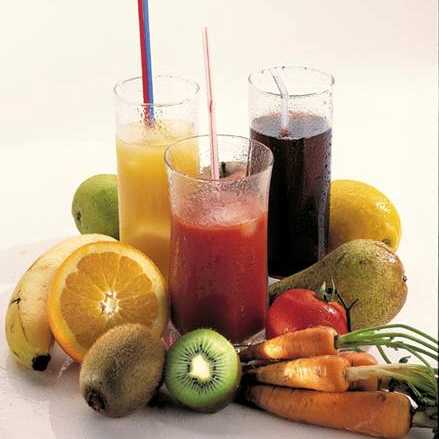
Nutrients & Cleansing Health Benefits
Apple has Vitamins A & C; phytochemicals, pectin, and boron. Good for the digestion.
Beet has Vitamin A and potassium. Aids liver and gallbladder function.
Cabbage has thiamine, calcium, iron, magnesium, phosphorus, potassium, Vitamins C, K and B6, folate and manganese. Has antibacterial, anti-inflammatory, antioxidant, anti-ulcer properties and aids memory as we as detoxifies, restores and boosts immunity as well as promotes healing.
Carrot has Vitamins A, B and C as well as iron, beta carotene, calcium, potassium and sodium. Has a cleansing effect on the liver and digestive system and has antioxidant properties.
Celery has Vitamins A, C, K and B6 as well as Pantothenic acid, calcium, magnesium riboflavin, phosphorus, folate, potassium and manganese. It neutralizes acidity in the body and acts as a natural has and laxative.
Cranberry contains Vitamins A and C as well as iodine and calcium, flavonoids, enzymes, malic, citric and quinic acids. It is an antibacterial, antiviral, antioxidant properties and helps to emulsify fats.
Cucumber has Vitamin A, iron and potassium. Because of the high water content it is a good vegetable for juicing. Also has sterols which may help reduce cholesterol.
Grape has flavonoids, resveratrol, boron and potassium. Also has antioxidant and antiviral properties.
Kale has Vitamin A and C as well as chlorophyll, calcium, iron, folic acid, potassium and sulforaphane. It boosts the body’s detoxification enzymes.
Orange/Citrus has Vitamin C, limonene and flavonoids. Also has anti-inflammatory properties and supports the immune system.
Pineapple has Vitamin C, potassium, bromelain and iron. It is a digestive aid.
Books on Juicing

Juices Your Children Will Love
Juicing is a terrific and enjoyable approach to getting nourishment into the bodies of growing youngsters in order to ensure their bodies' optimal growth.
The goal is to create mixtures that are both enjoyable to drink and refreshing, especially after a long game.
However, it is best to dilute the juices for younger children, since the concentrated form may be too much for their developing bodies to handle.
Drinking concentrated juices should not be a concern for teenagers or older children. Juices should be introduced to children in stages, with the first stages being dilute.
Fruits with exquisite flavors are far more appealing to children and are less likely to be rejected.
It's also a good idea to start with single juice options before going on to combinations, as this will allow the body system and the child's palate to adjust to this new addition to the healthy daily diet plan.
Changing the juices and providing diversity is an appealing aspect for kids, and the colors and tastes represented in the variety would captivate them.
Once the child's favorite juices have been chosen, it will be useful to serve them as frequently as possible without boring the child.
Using your favorite juice as a base, you might be able to add a small piece of additional fruits or vegetables to boost the juice's nutrient value.
Apple juice, pineapple and carrot juice, orange juice, orange and carrot juice, pear juice, and apple and grape juice are all popular options.
Blenders


What is a Green Smoothie?
A green smoothie combines greens (spinach, kale, celery, carrot tops, sprouts, parsley) with fruit and supplements. In Victoria Boutenko’s book, Green for life, she described the many astonishing facts about greens and why they are the most essential part of human nutrition.
Adding blended greens to anyone's diet can make a profound health improvement. It may even surpass the benefits of eating a typical all-raw diet with a relatively small amount of greens.
Blended green smoothies are a simple and delicious way of accessing the healing properties of greens. Whether you eat raw food, vegan, vegetarian, or mainstream American diet, regularly drinking green smoothies can significantly improve your health.
One of the drawbacks of getting greens into our diet is that even though they are incredibly nutritious they can be hard to digest so adding them to a smoothie helps to break down the fibers and as a result are more easily tolerated.
Adding a banana and other fruit will help to cover up and “green” taste and give them a fruity flavor.
A couple of things to remember:
Rotate the greens so you get a variety of nutrients;
Make sure your greens are organic so you aren’t also eating pesticides and other chemicals;
Wash them thoroughly to remove any dirt;
Blend thoroughly to break down the fibers.
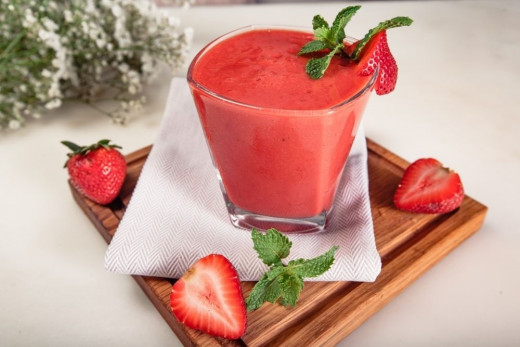
Here are a couple of my favorite Green Smoothie Recipes:
Staple Green Smoothie
12 ounces of fresh water
1 banana
Handful of greens
Four or five fresh strawberries
1 tablespoon of ground flax seeds
Raw Honey (to taste)
Blend well in your blender and enjoy! Serves 1
Greens and Chocolate
12 ounces of water
Handful of fresh blueberries
1 Banana
1 tablespoon of raw chocolate (cacao powder)
Small handful of goji berries
Handful of greens or 1 teaspoon of Spirulina
1 tablespoon of ground flax seeds
Raw Honey (to taste)
Blend well in your blender and enjoy! Serves 1
Fruity Green Smoothie
12 ounces of water
Handful of fresh blueberries
1 Banana
1 cup of chopped fresh pineapple
4 or 5 fresh strawberries
Handful of greens
1 tablespoon of ground flax seed
Blend well in your blender and enjoy! Serves 1
Enjoy a green smoothie for breakfast or for anytime of the day. They are particular good to have when you are on the run or don’t want to fix a meal
Best Green Smoothie Recipe

